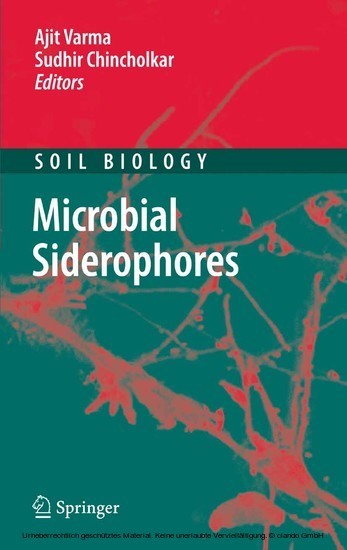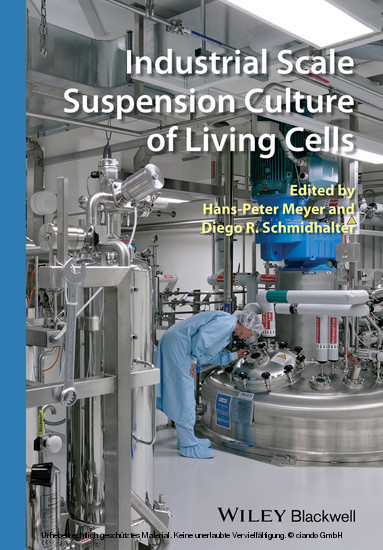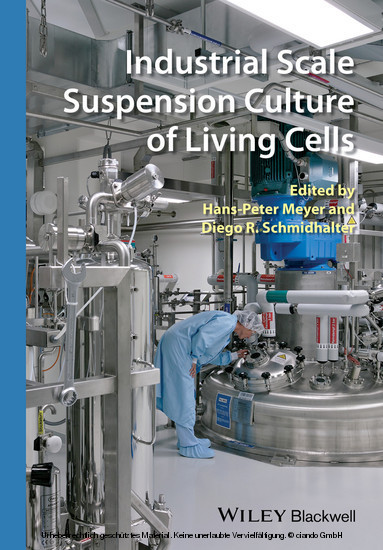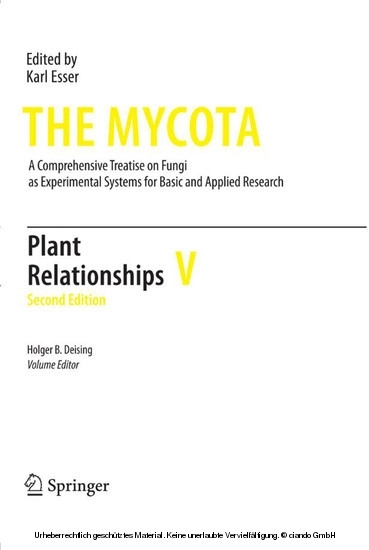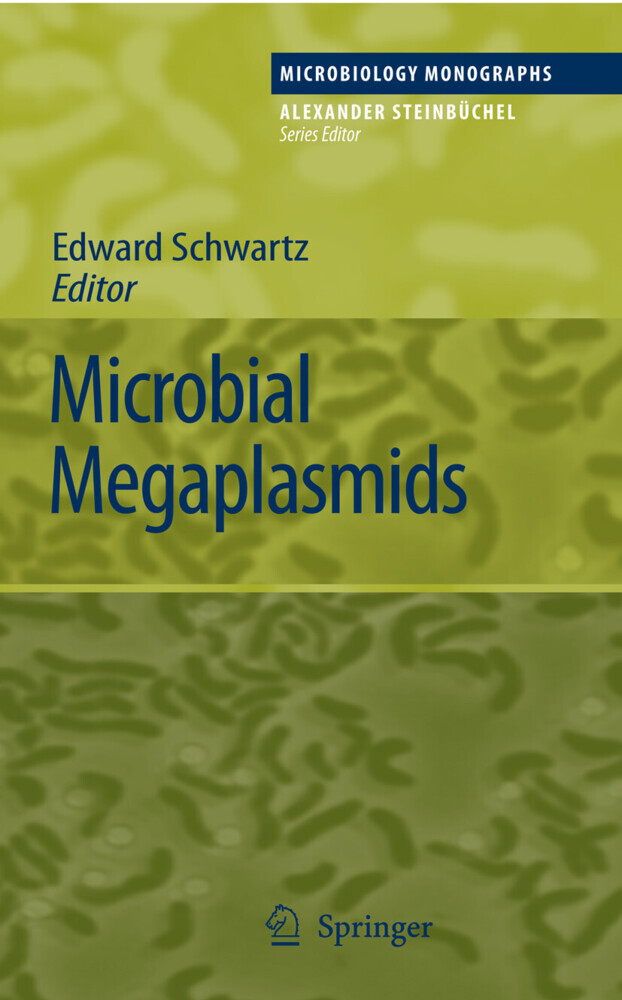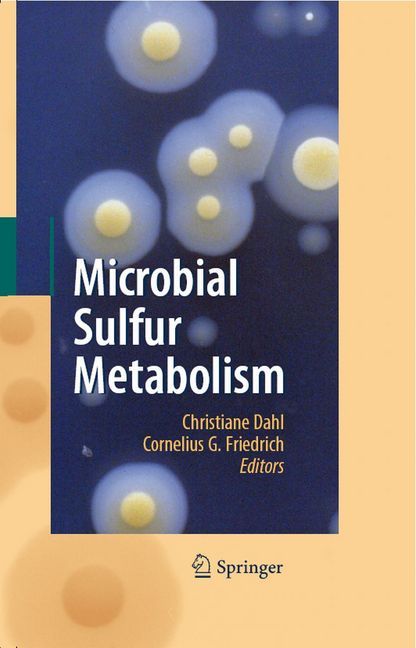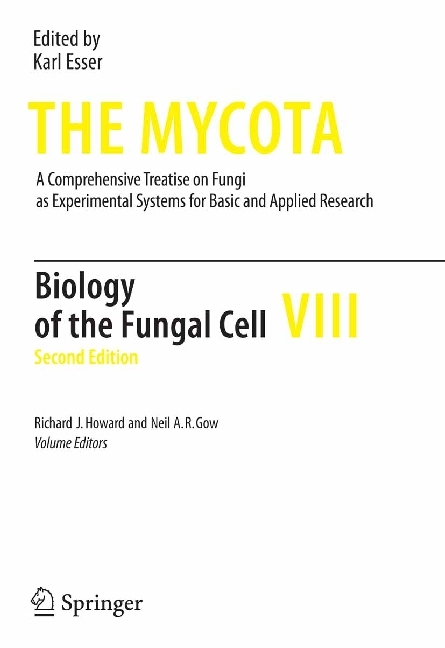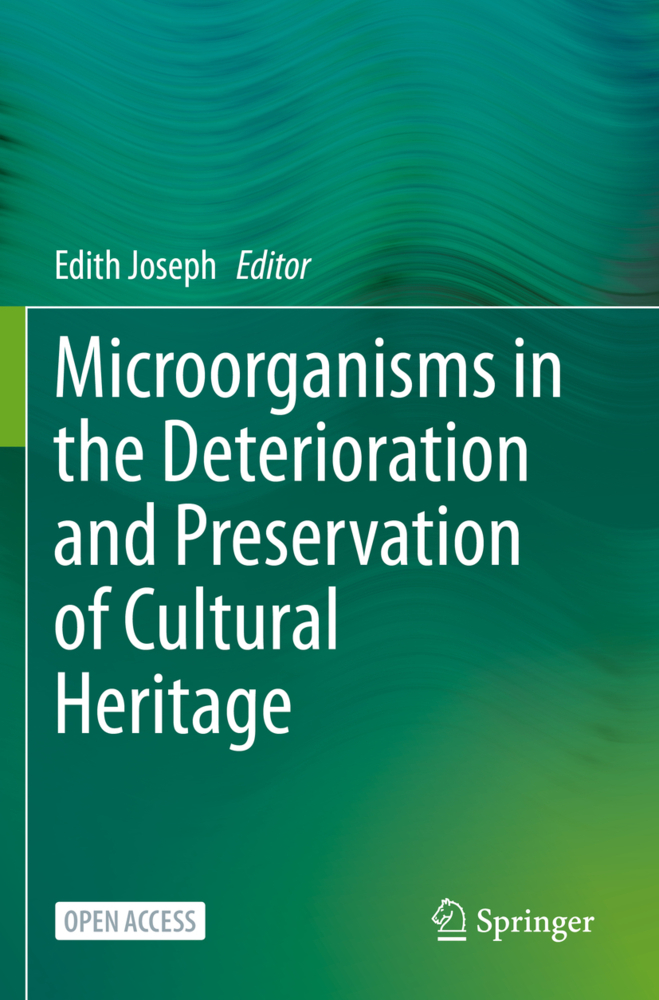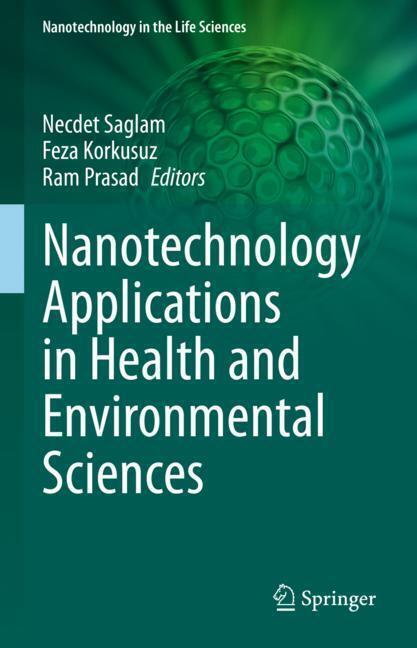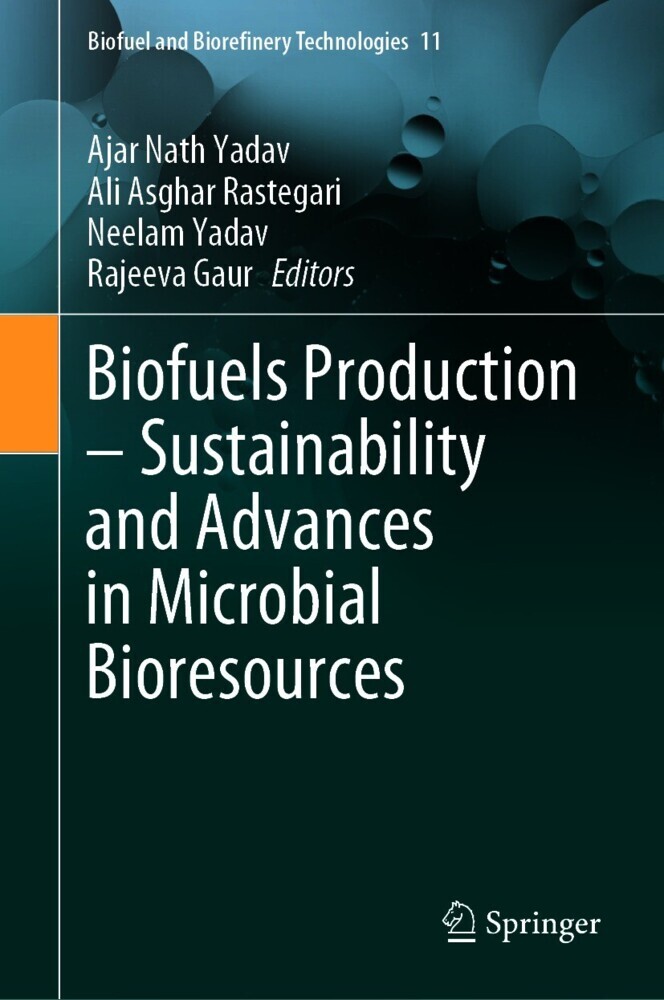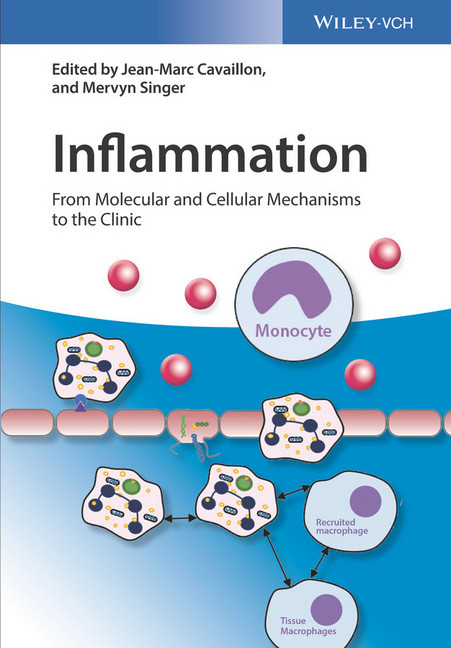Microbial Siderophores
In response to low iron availability in the environment most microorganisms synthesize iron chelators, called siderophores. Bacteria and fungi produce a broad range of structurally diverse siderophores, all of which show a very high affinity for ferric ions.
This book presents an up-to-date overview of the chemistry, biology and biotechnology of these iron chelators. Coverage ranges from an introductory chapter to siderotyping to applications in human and plant health.
1;Preface;6 2;Contents;8 3;Contributors;13 4;Fungal Siderophores: Structure, Functions and Regulation;16 4.1;1.1 Introduction;16 4.2;1.2 Siderophores;23 4.3;1.3 Functions of Siderophores;41 4.4;1.4 Siderophores as Pathogenic Factor;42 4.5;1.5 Agricultural Interest;44 4.6;1.6 Utilization of Siderophores by Nonproducers;44 4.7;1.7 Acidification and Mobilization;45 4.8;1.8 Piriformospora indica and Siderophore;46 4.9;1.9 Methods to Characterize Siderophore;47 4.10;1.10 Conclusions;49 4.11;References;50 5;Siderotyping and Bacterial Taxonomy: A Siderophore Bank for a Rapid Identification at the Species Level of Fluorescent and Non- Fluorescent Pseudomonas;58 5.1;2.1 Introduction;58 5.2;2.2 Siderophores of Pseudomonas;59 5.3;2.3 Siderotyping Methods;61 5.4;2.4 Siderotyping as a Powerful Tool for the Search of New Siderophores;69 5.5;2.5 Siderotyping as a Powerful Tool for Pseudomonas Taxonomy and Phylogeny;69 5.6;2.6 Siderotyping and Environmental/Ecological Microbiology;71 5.7;2.7 Raising a Pyoverdine Bank Based on IEF Patterns;72 5.8;2.8 Conclusions;75 5.9;References;76 6;Siderotyping, a Tool to Characterize, Classify and Identify Fluorescent Pseudomonads;81 6.1;3.1 Introduction;81 6.2;3.2 Siderophore Specificity;82 6.3;3.3 Siderotyping Methods;83 6.4;3.4 Siderophores of Fluorescent Pseudomonads;85 6.5;3.5 Conclusions;95 6.6;References;95 7;Siderophores of Symbiotic Fungi;104 7.1;4.1 Introduction;104 7.2;4.2 Fungi Forming Mutualistic Symbioses with Plants;105 7.3;4.3 Outlook;110 7.4;References;113 8;Protein-mediated Siderophore Uptake in Gram- negative Bacteria: A Structural Perspective;117 8.1;5.1 Introduction;117 8.2;5.2 Transport Across the Outer Membrane;119 8.3;5.3 Transport Across the Periplasm and Cytoplasmic Membrane;123 8.4;5.4 Conclusions;129 8.5;References;129 9;Competition for Iron and Induced Systemic Resistance by Siderophores of Plant Growth Promoting Rhizobacteria;133 9.1;6.1 Introduction;133 9.2;6.2 Role of Siderophores and Iron- Regulated Compounds in ISR;134 9.3;6.3 Conclusions;141 9.4;References;142 10;Pyoverdine Synthesis and its Regulation in Fluorescent Pseudomonads;146 10.1;7.1 Introduction;146 10.2;7.2 Pyoverdine Genes in Pseudomonas aeruginosa PAO1;148 10.3;7.3 Iron Regulation of Pyoverdine Synthesis: The Master Roles of Fur and PvdS;159 10.4;7.4 Receptor-dependent Autoregulation of Pyoverdine Synthesis;161 10.5;7.5 Conclusions;168 10.6;References;168 11;Implication of Pyoverdines in the Interactions of Fluorescent Pseudomonads with Soil Microflora and Plant in the Rhizosphere;175 11.1;8.1 Introduction;175 11.2;8.2 Contribution of Pyoverdines to Microbial Interactions in the Rhizosphere;178 11.3;8.3 Contribution of Pyoverdines to Plant-Microbe Interactions in the Rhizosphere;188 11.4;8.4 Conclusions;193 11.5;References;194 12;Pseudomonas Siderophores and their Biological Significance;203 12.1;9.1 Introduction;203 12.2;9.2 Pyoverdines;203 12.3;9.3 Secondary Siderophores;205 12.4;9.4 Conclusion;209 12.5;References;210 13;Microbial Siderophores in Human and Plant Health-Care;214 13.1;10.1 Introduction;214 13.2;10.2 Microbial Siderophores for Living System/for Health;215 13.3;10.3 Iron Nutrition in Plants;218 13.4;10.4 Role of Microbial Siderophores in Plant Health;220 13.5;10.5 Conclusion;222 13.6;References;223 14;Biotechnological Production of Siderophores;227 14.1;11.1 Introduction;227 14.2;11.2 Genus Pseudomonas;228 14.3;11.3 Siderophores Production in Liquid Culture;229 14.4;11.4 Conclusion;234 14.5;References;235 15;Microbial Siderophore: A State of Art;240 15.1;12.1 Introduction;240 15.2;12.2 Fermentative Production of Siderophores;242 15.3;12.3 Media Preparation;242 15.4;12.4 Siderophore Production by Bacteria;243 15.5;12.5 Siderophore Production by Fungi;245 15.6;12.6 Conclusions;246 15.7;References;246 16;Subject Index;250
| ISBN | 9783540711605 |
|---|---|
| Artikelnummer | 9783540711605 |
| Medientyp | E-Book - PDF |
| Auflage | 2. Aufl. |
| Copyrightjahr | 2007 |
| Verlag | Springer-Verlag |
| Umfang | 248 Seiten |
| Sprache | Englisch |
| Kopierschutz | Digitales Wasserzeichen |

